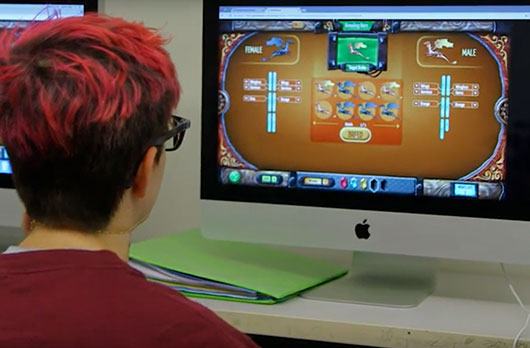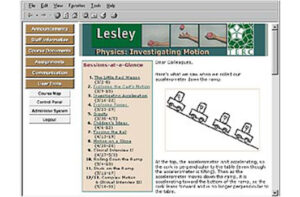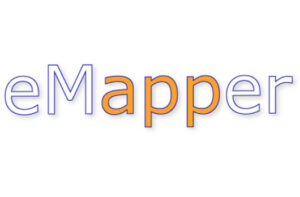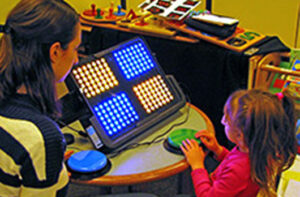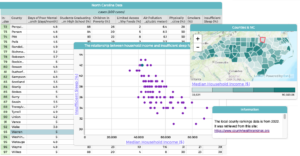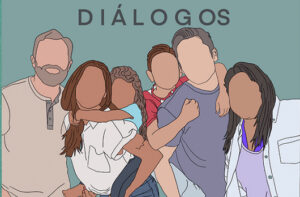Co-Teaching with an Immersive Digital Game: Supporting Teacher-Game Instructional Partnerships
Karen Mutch-Jones, Danielle C. Boulden, Santiago Gasca, Trudi Lord, Eric Wiebe, and Frieda Reichsman
Abstract
Educational Technology Research and Development, May 2021
Researchers recognize the potential for teaching with digital games to enhance students’ learning (Clark, Tanner-Smith, & Killingsworth, 2016). When games include high levels of interactivity, and when game challenges are offered at varied levels of difficulty where students can learn from failure without negative consequences, they can be powerful instructional tools (Gee, 2013). Teachers play critically important roles in mediating an immersive game’s educational goals (Jong, Dong, & Luk, 2017; Tokarieva Volkova, Harkusha, & Soloviev, 2019) and educators who can enhance gameplay have new opportunities for supporting their students’ engagement, conceptual learning, and connections to real-world contexts (Steinkuehler & Squire, 2014). Yet, little research has addressed how teachers and instructional pedagogies facilitate teaching with immersive games (Jong, Lee & Shang, 2013; Marklund & Taylor, 2015).
We investigated implementation approaches of nine biology teachers using an immersive digital game in their science classes, focusing on factors that contributed to their ability to instruct with the game, and how their enactment of the game influenced the class experience. Analysis of teacher data, which included daily feedback and pre- and post-implementation surveys, multiple classroom observations, teaching artifacts, and an extended interview, identified a range of individual instructional decisions as well as similarities and differences across the cohort. Most notably, a pattern of instructional orchestration emerged, resembling co-teaching—a reciprocal and supportive “relationship” between the teacher and the game. The game informed teachers’ thinking about their genetics curriculum and enhanced their instructional practice, while teachers leveraged digital tools to shape students’ gameplay and to improve on what the game offered. Key descriptive findings are discussed, identifying digital game features that may improve teacher instruction with games in classrooms.

Related People:
Karen Mutch-Jones and Santiago Gasca

